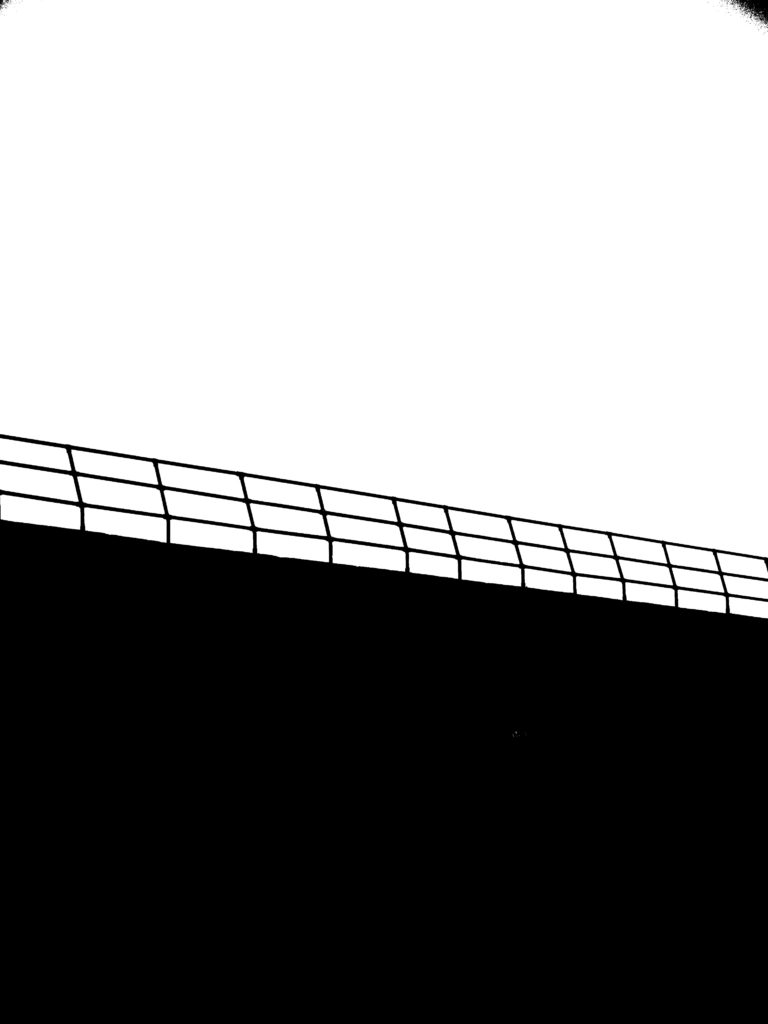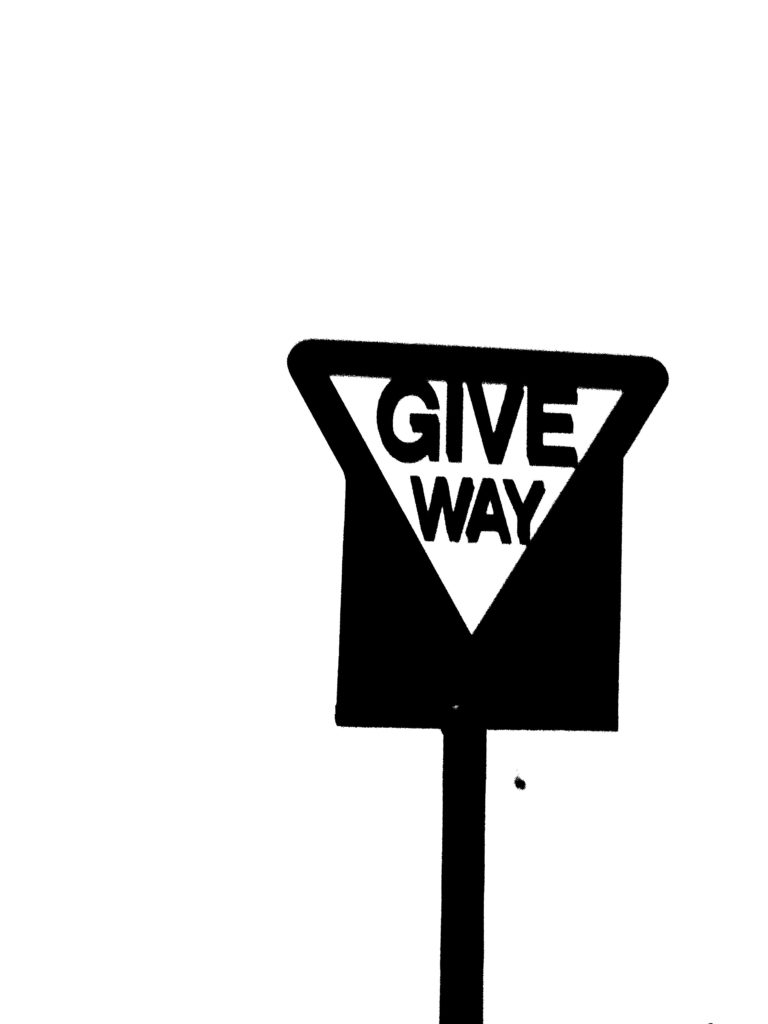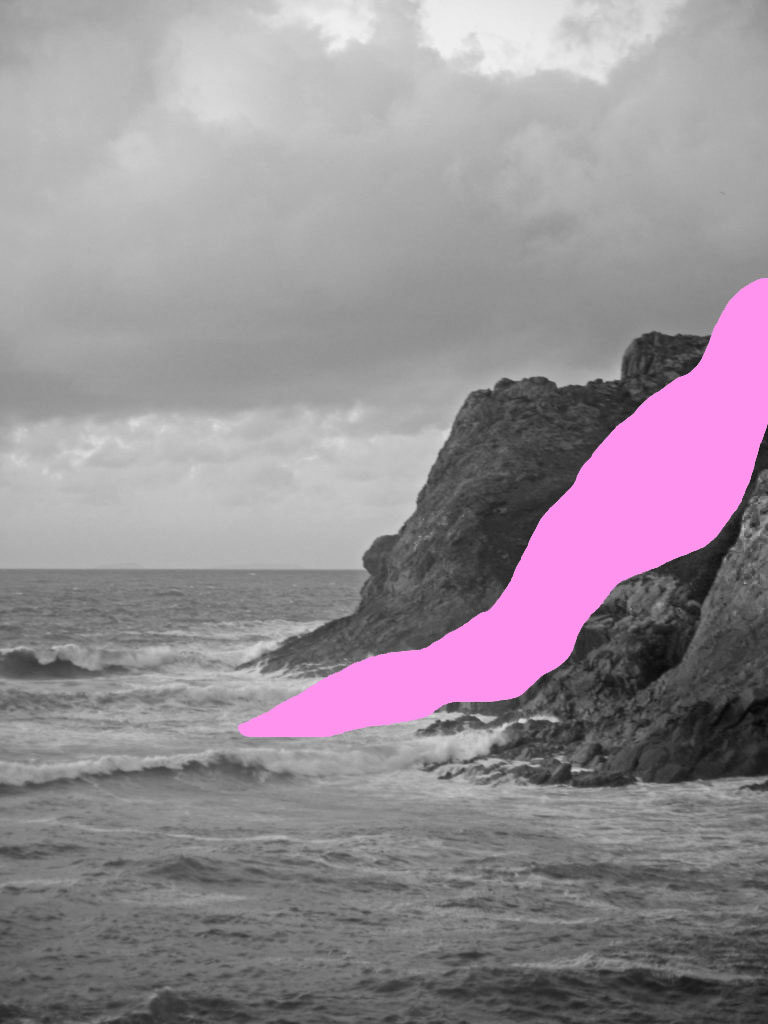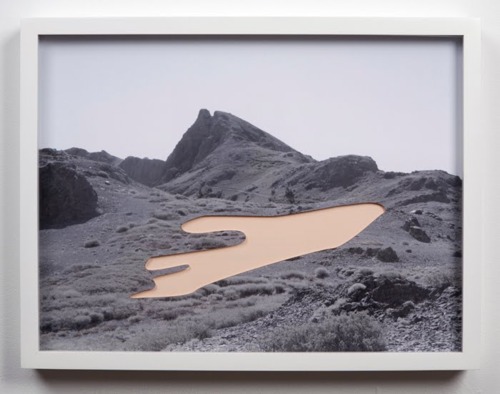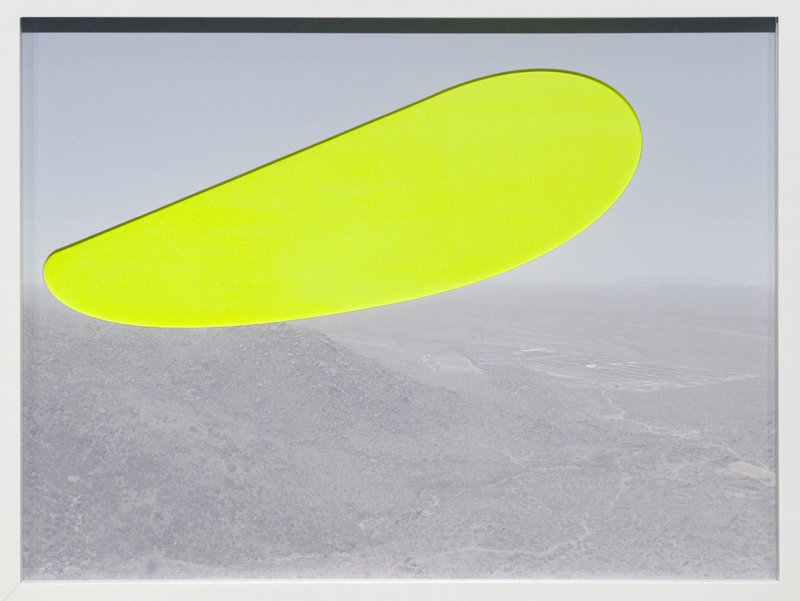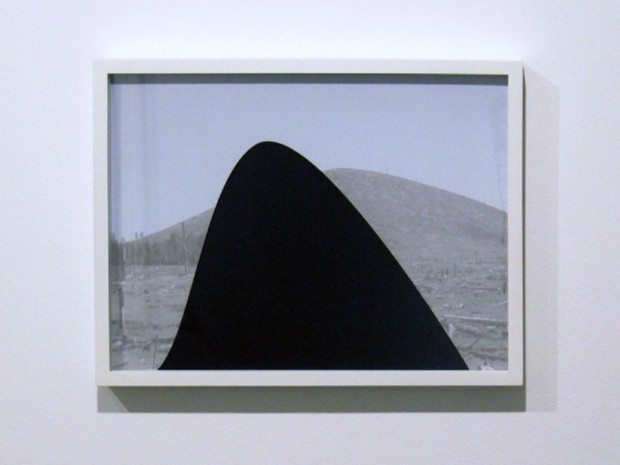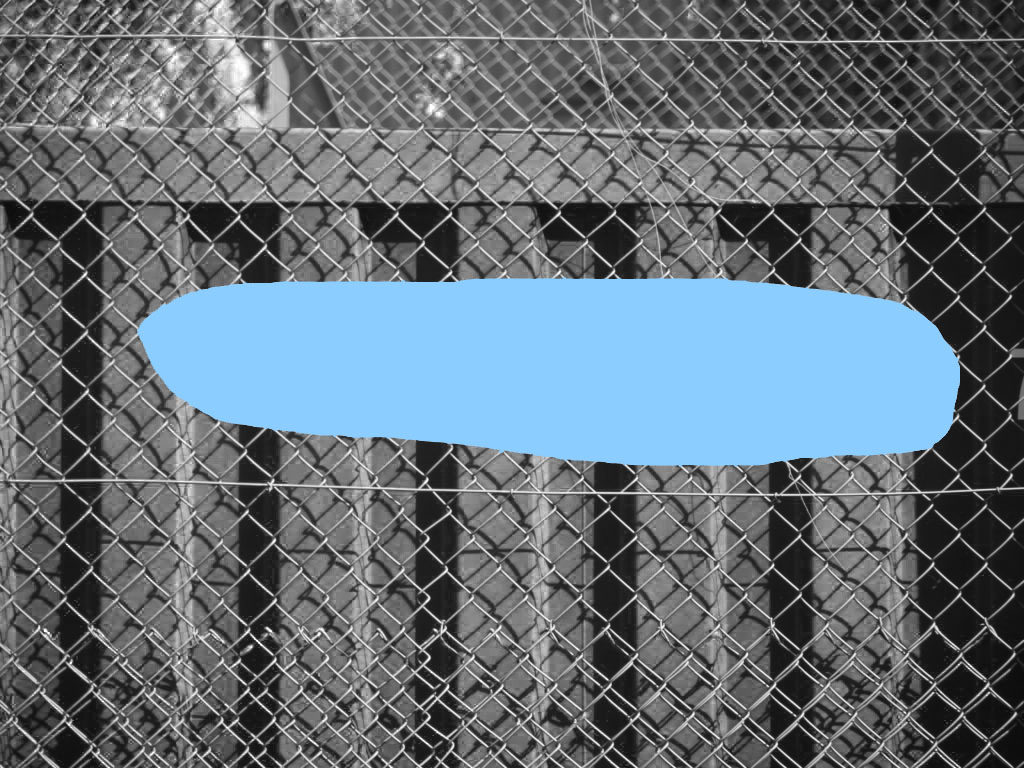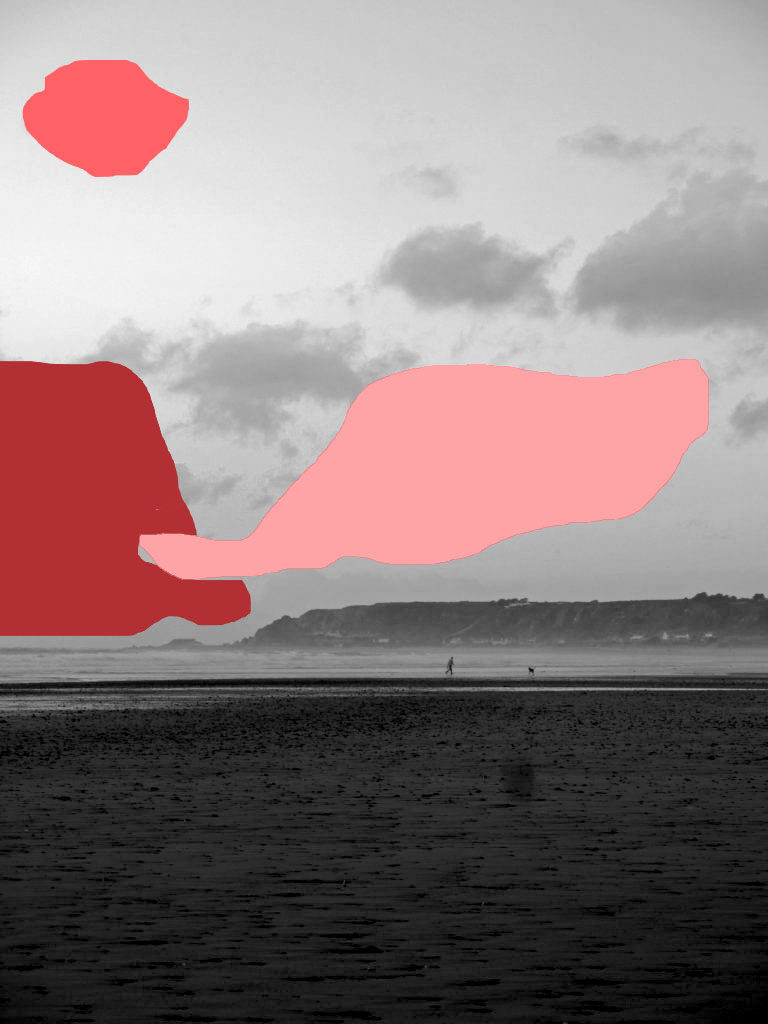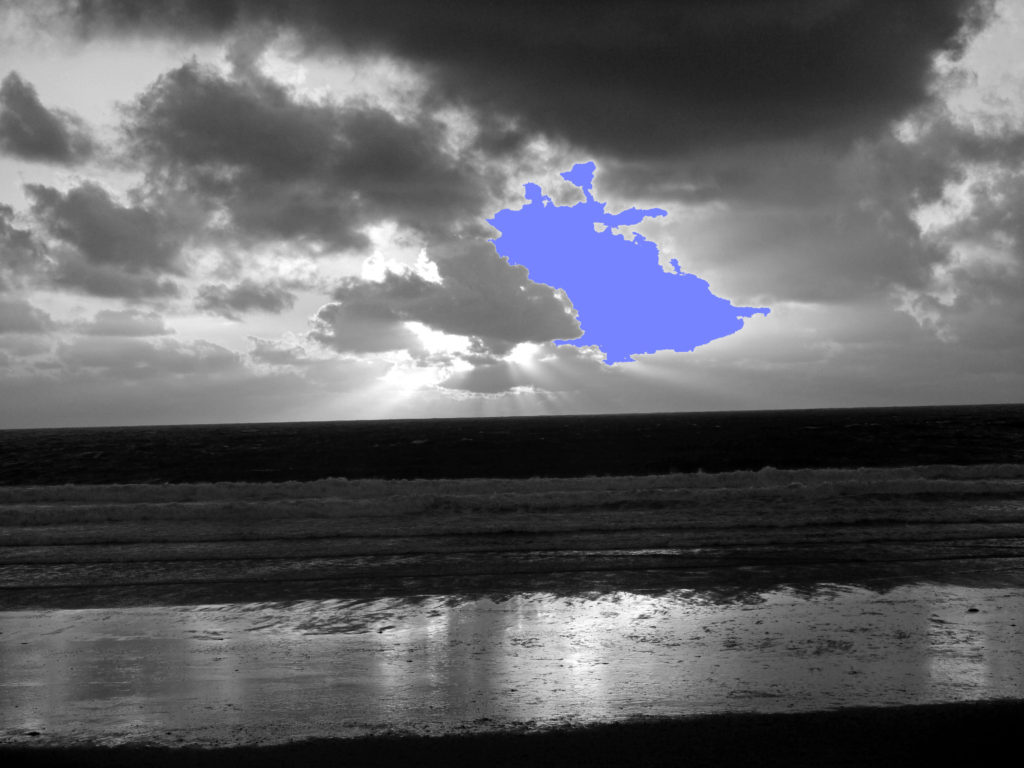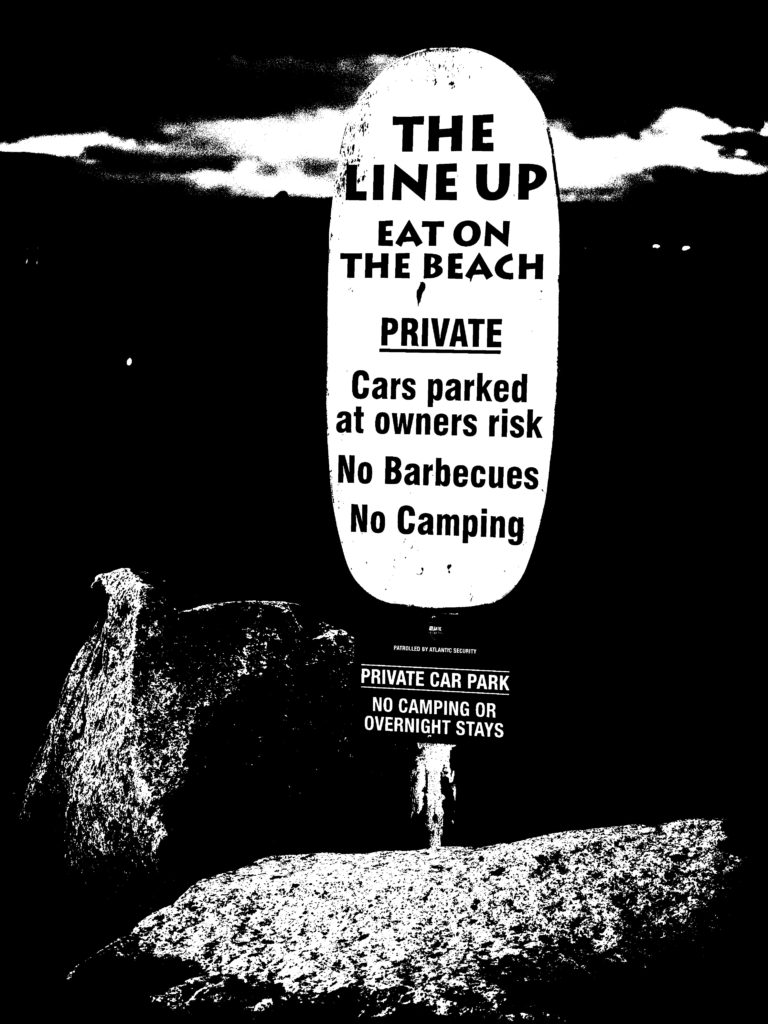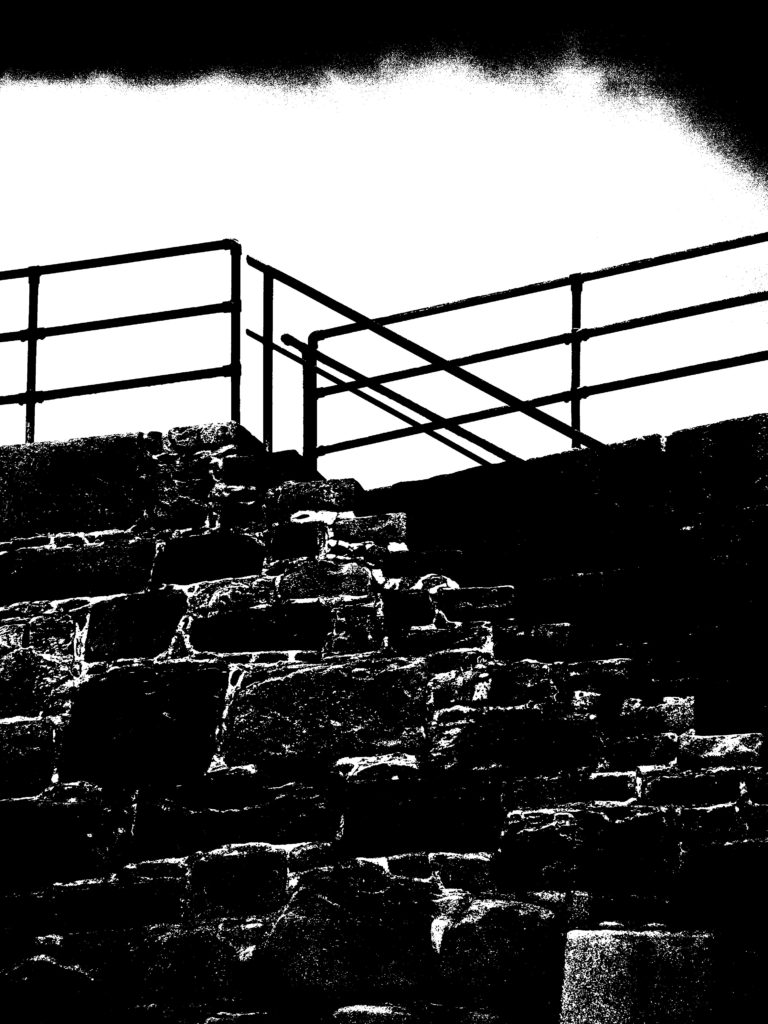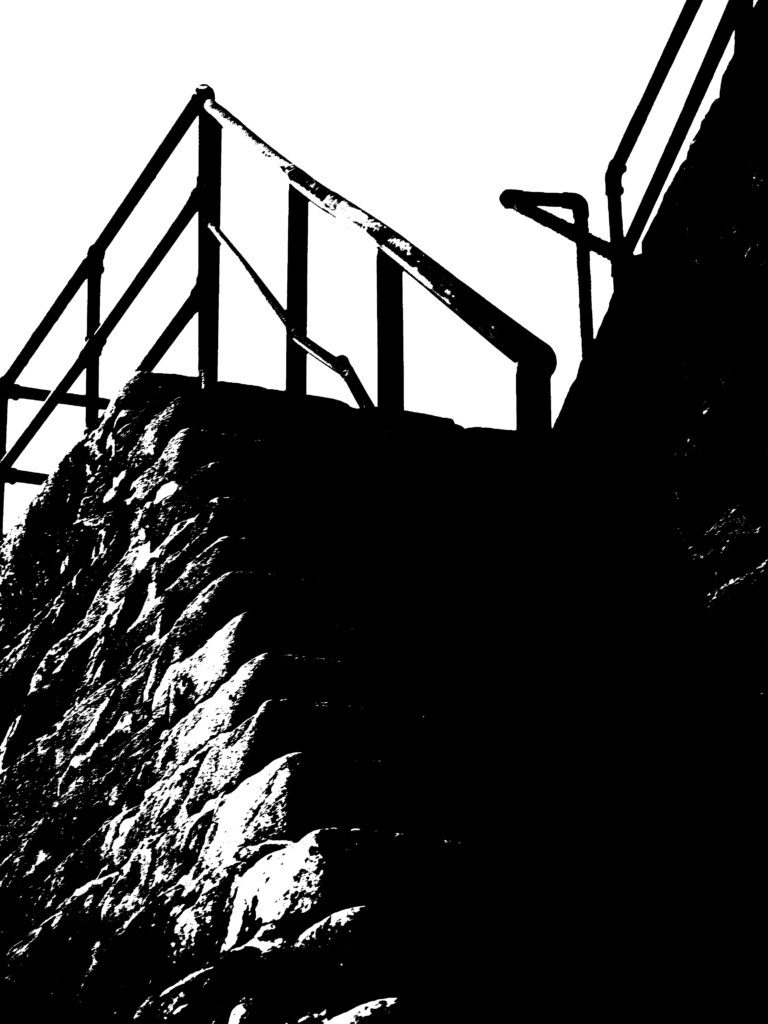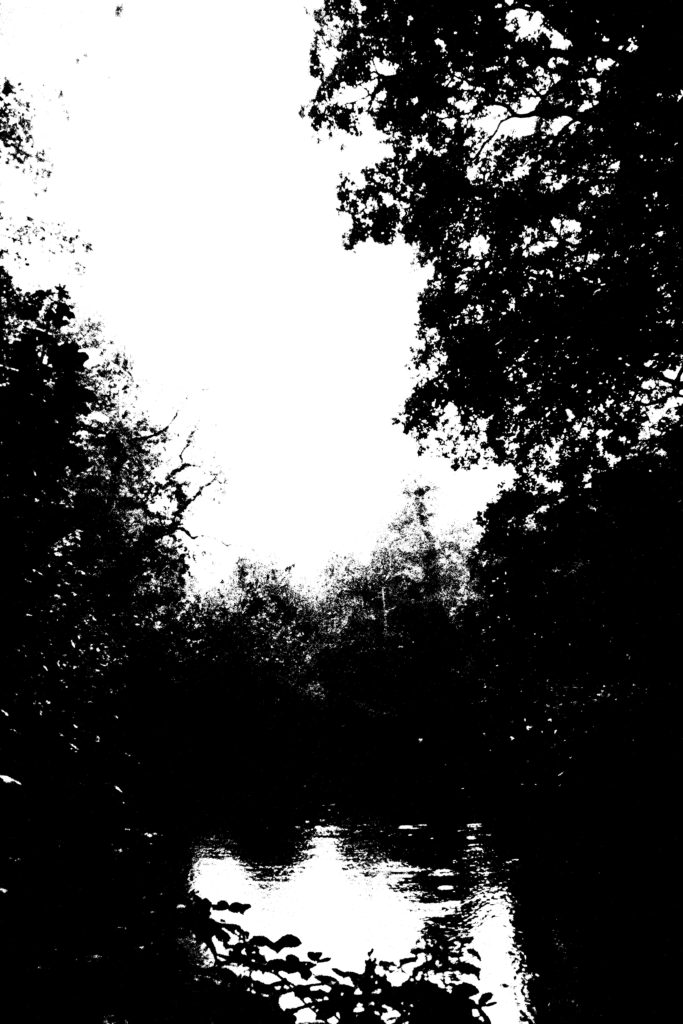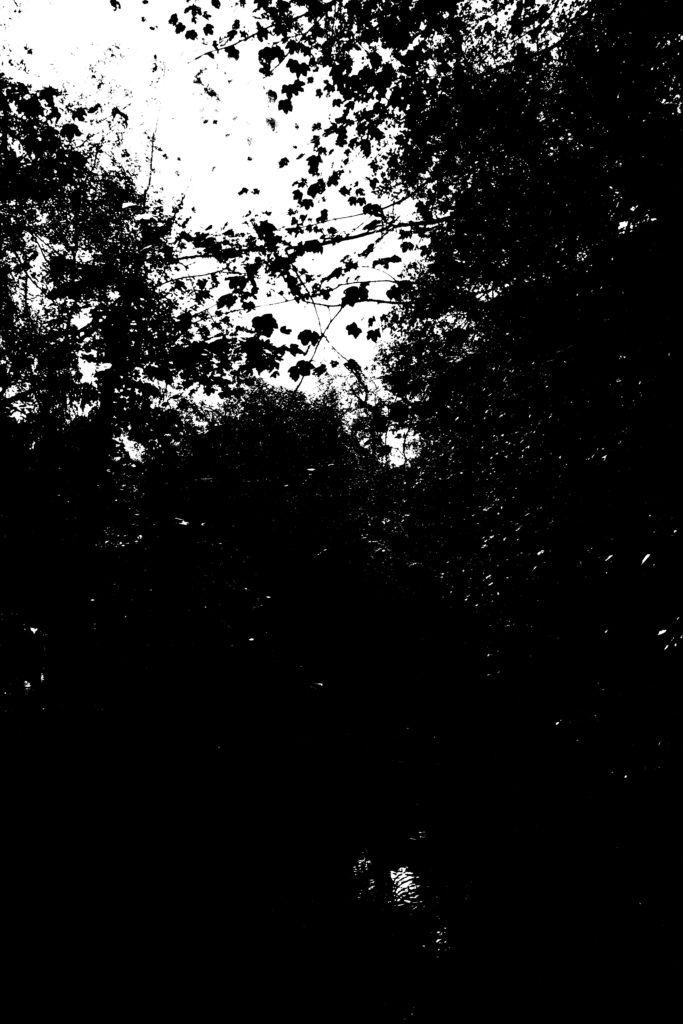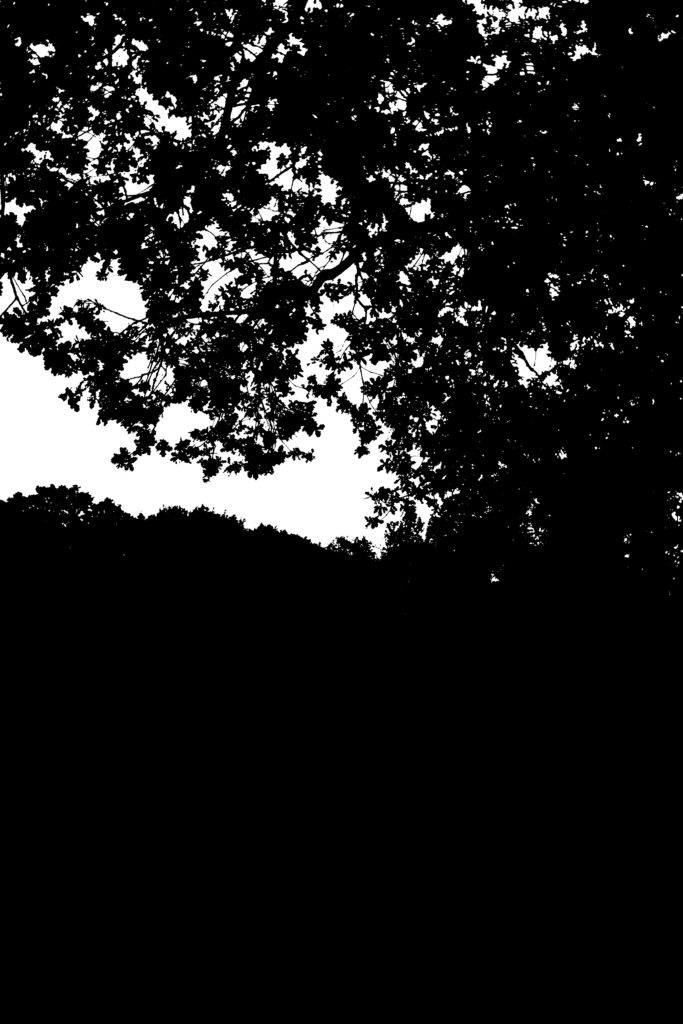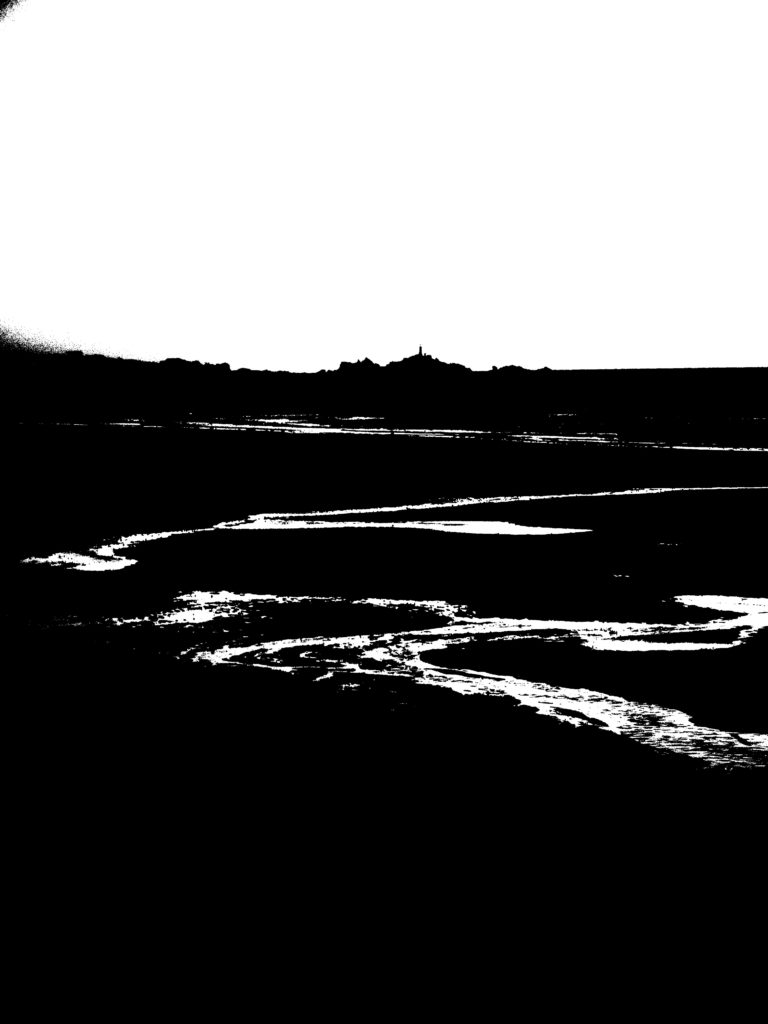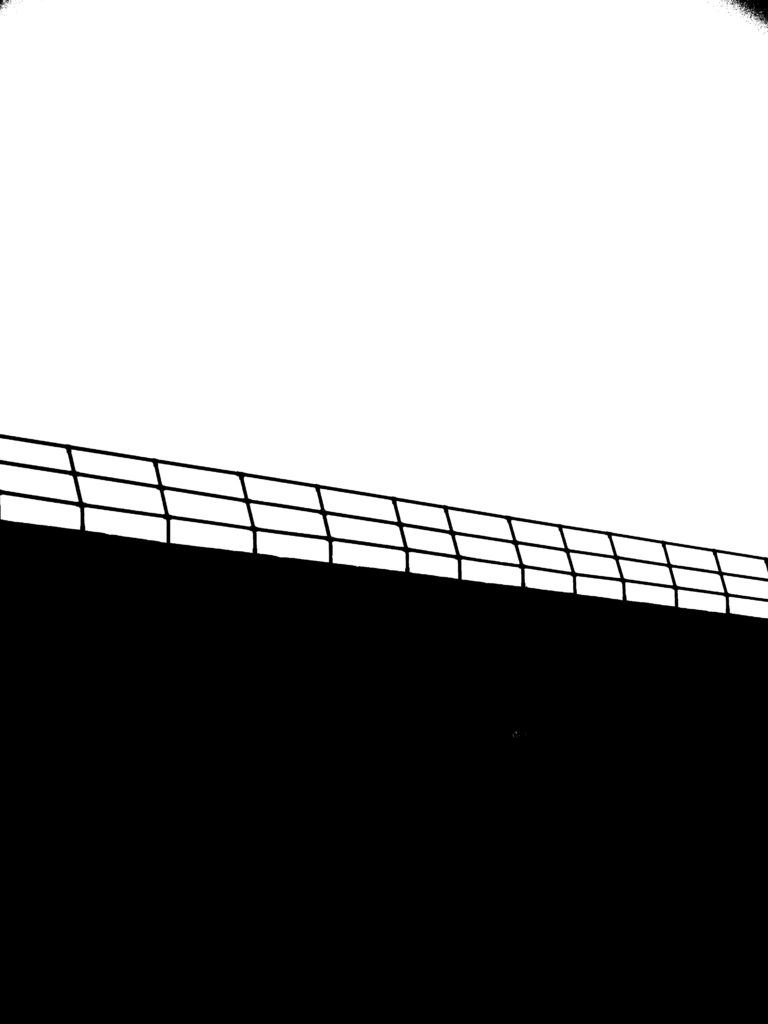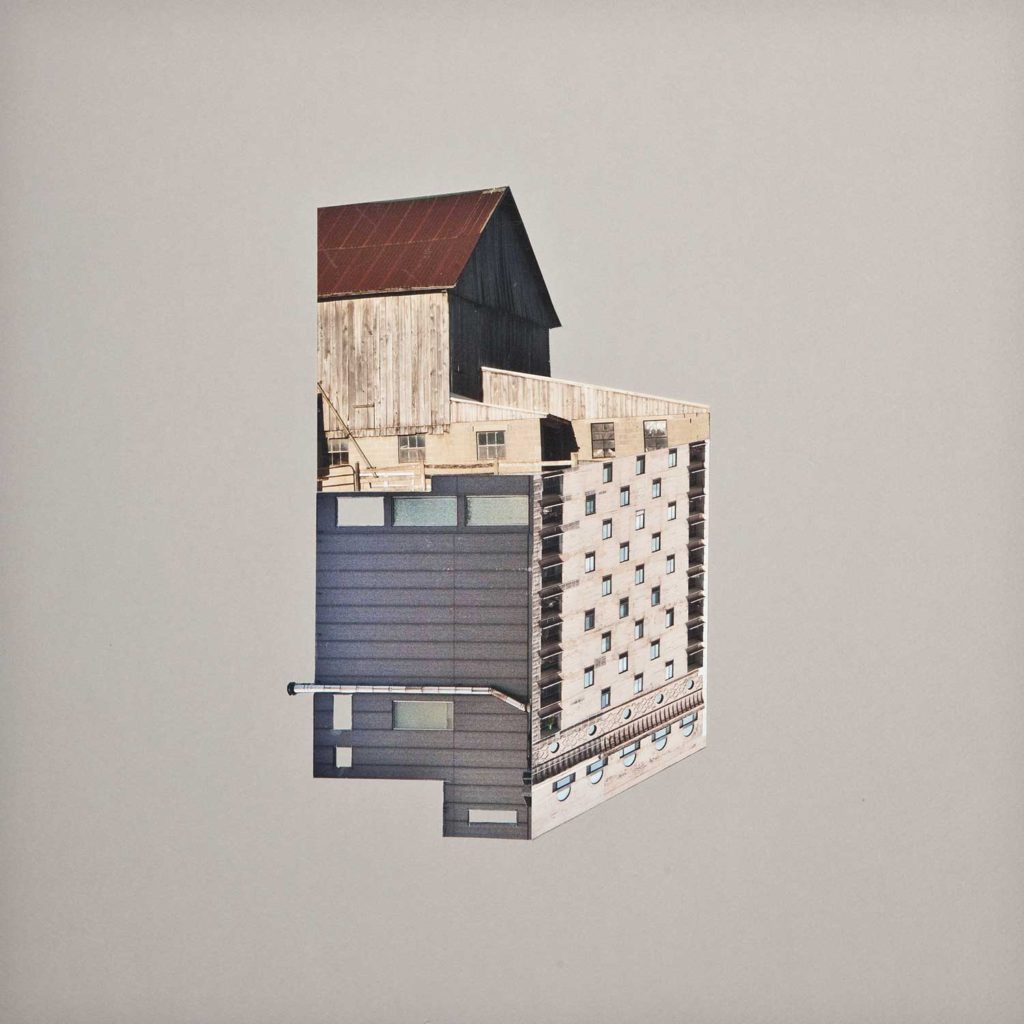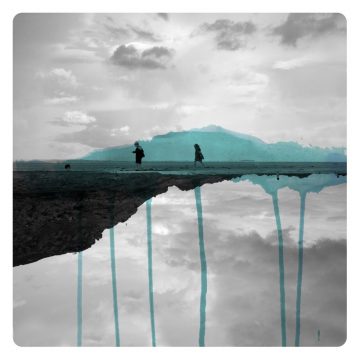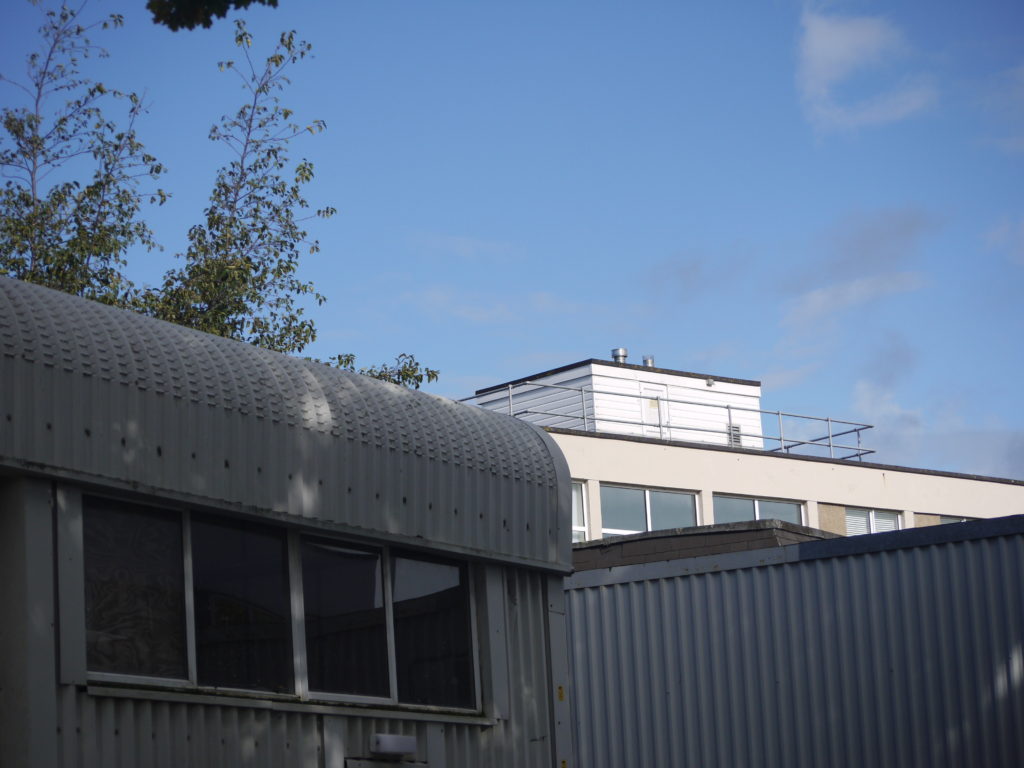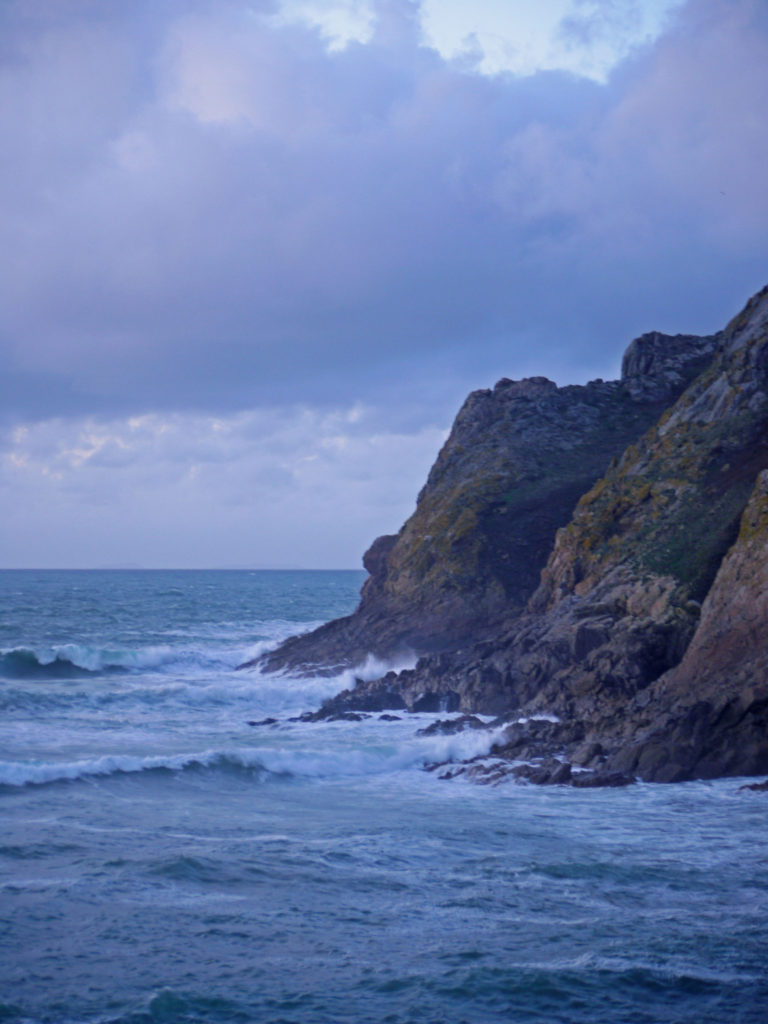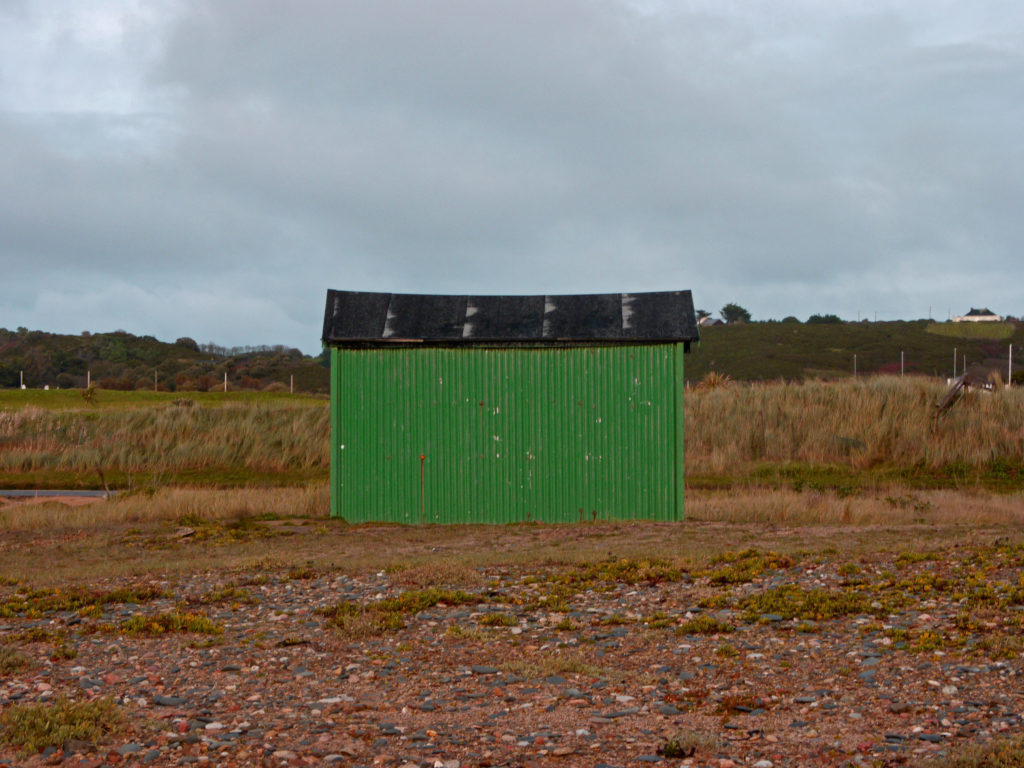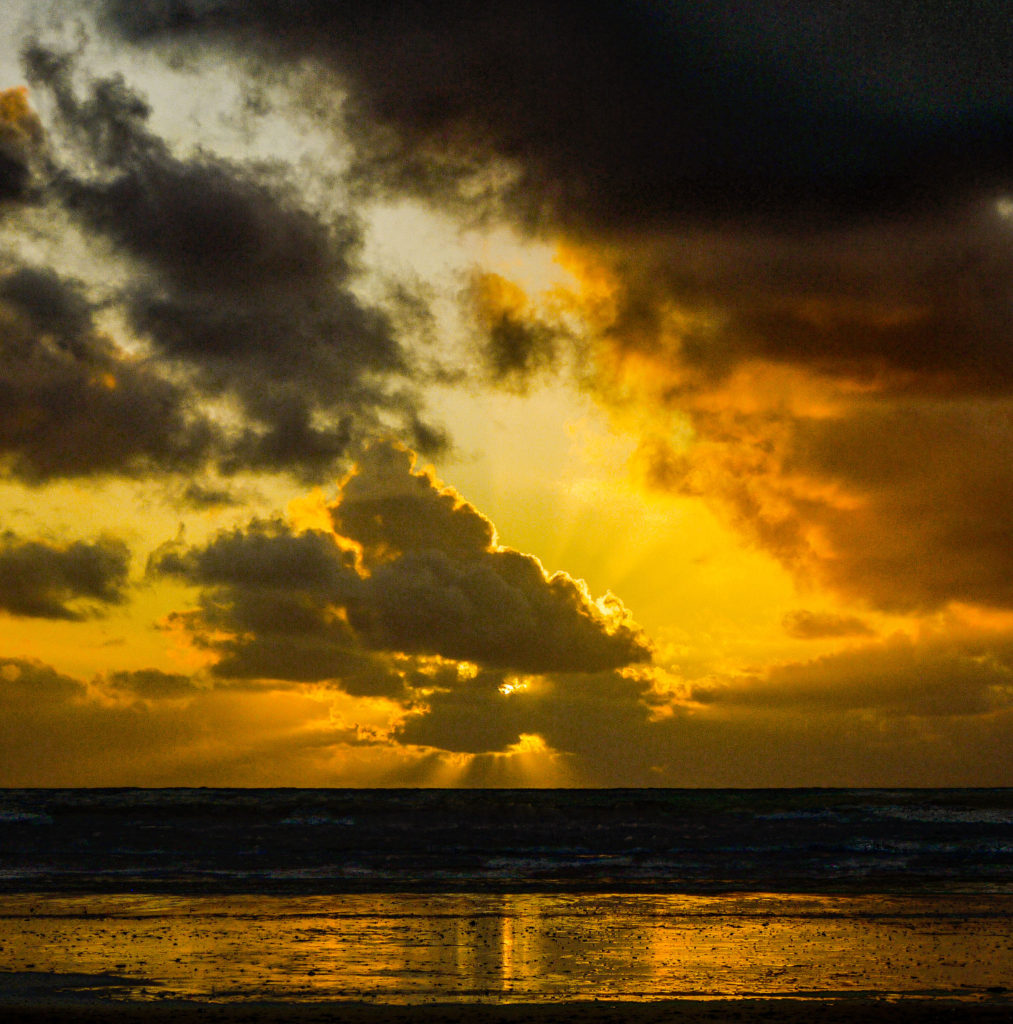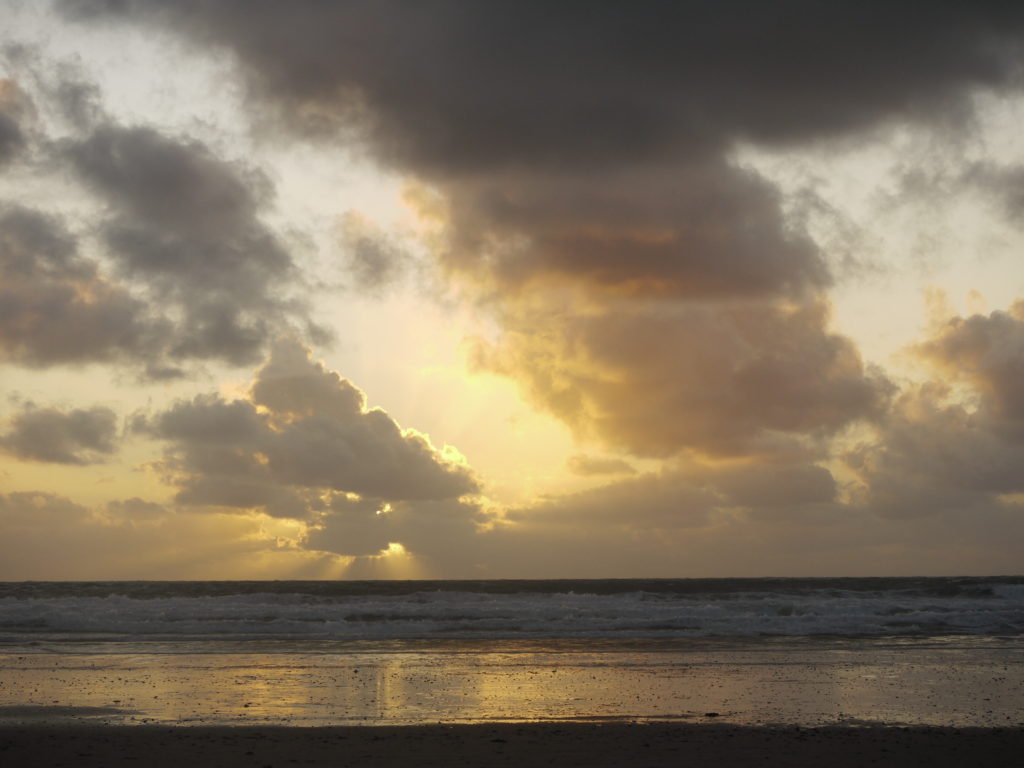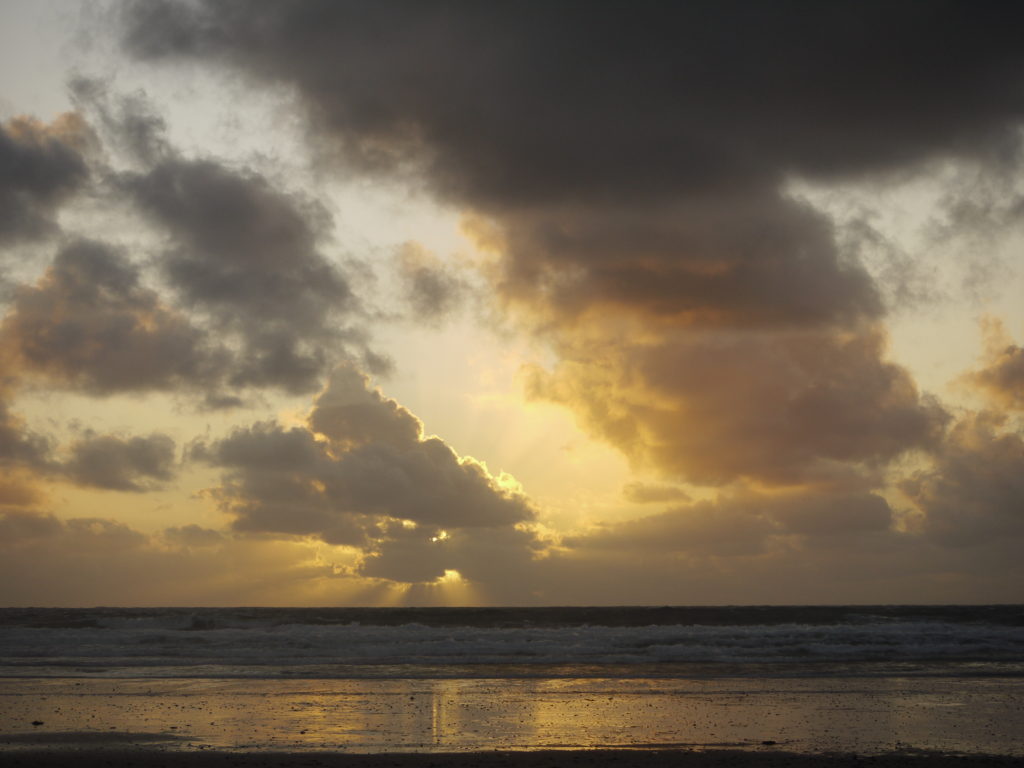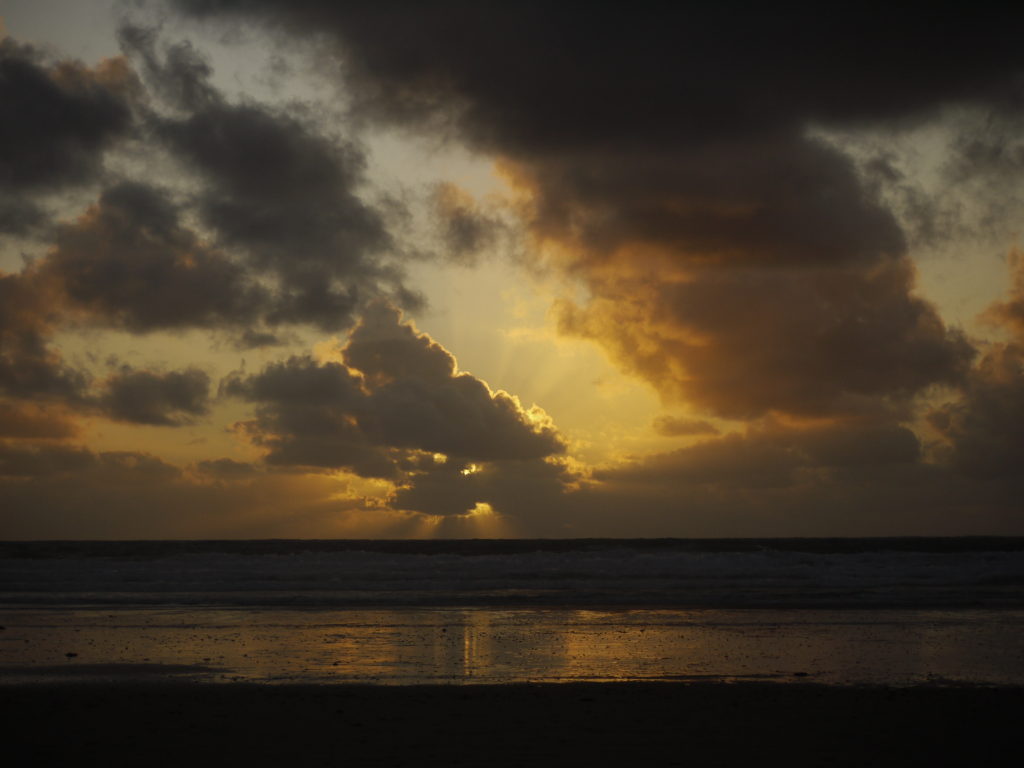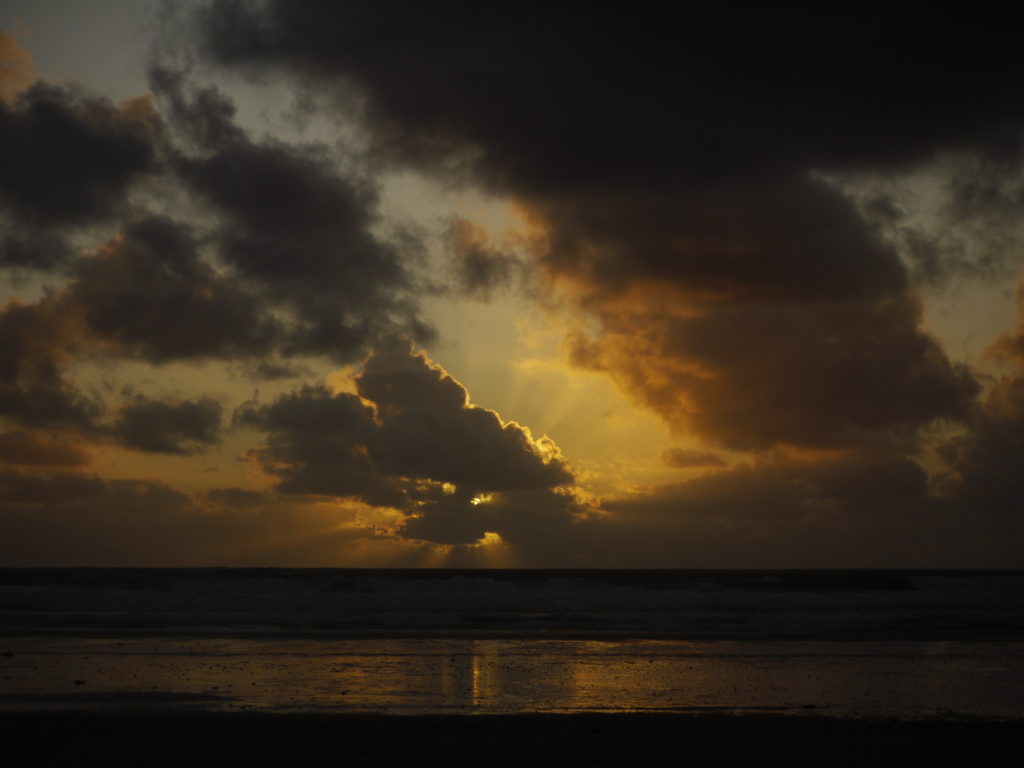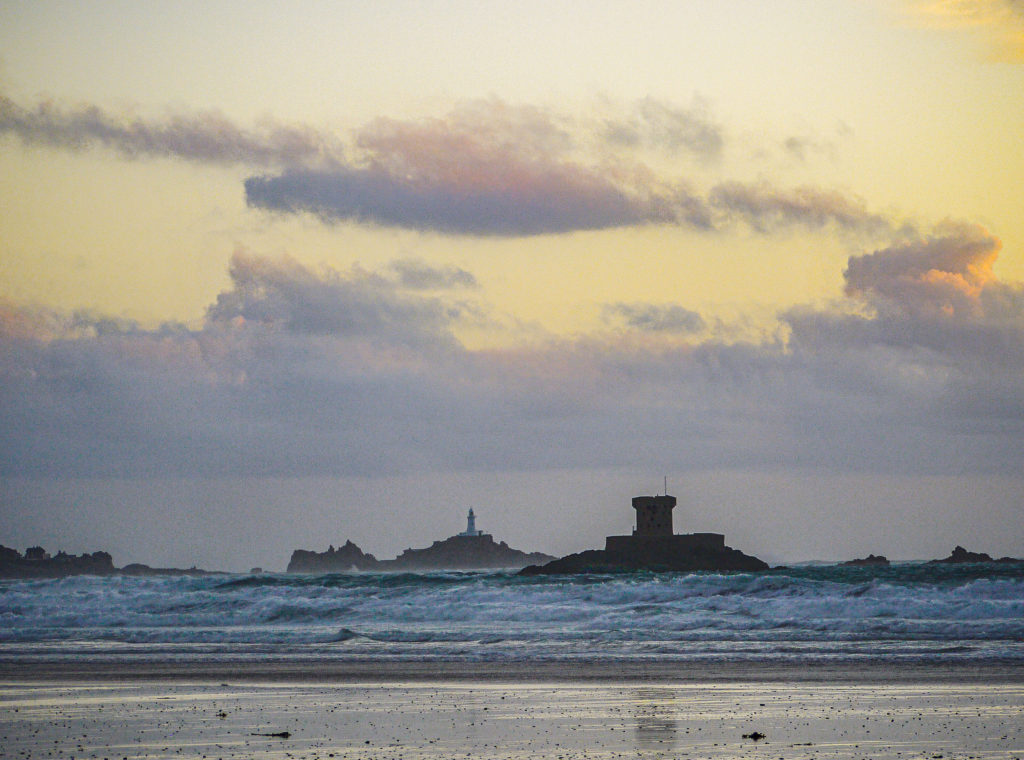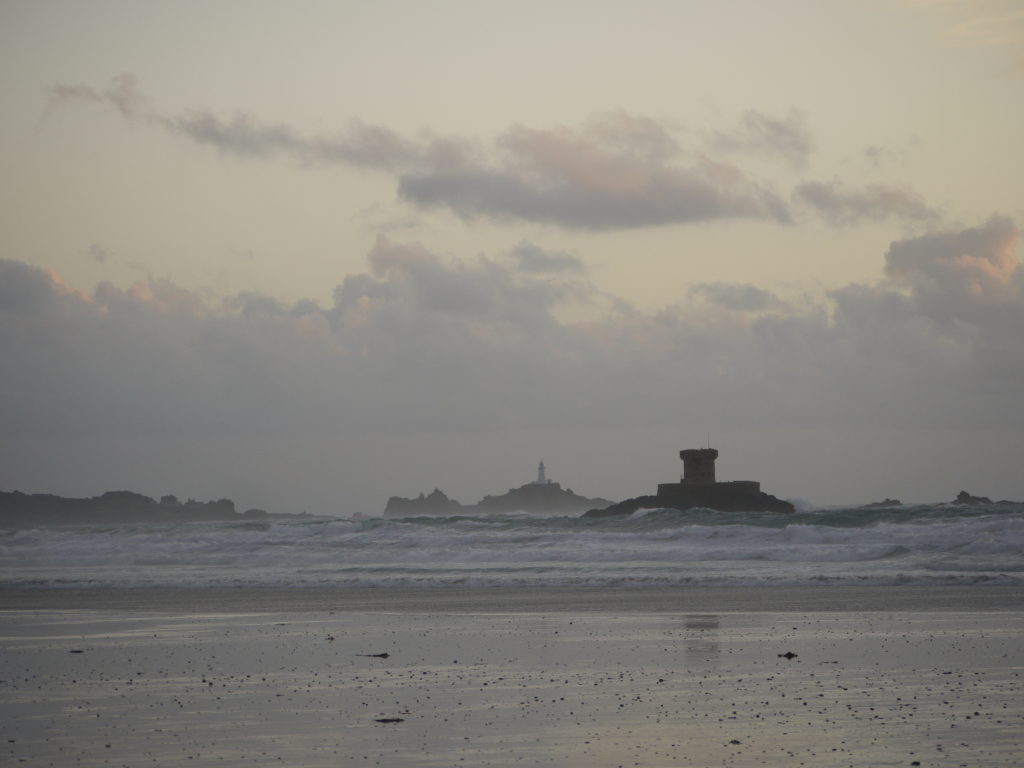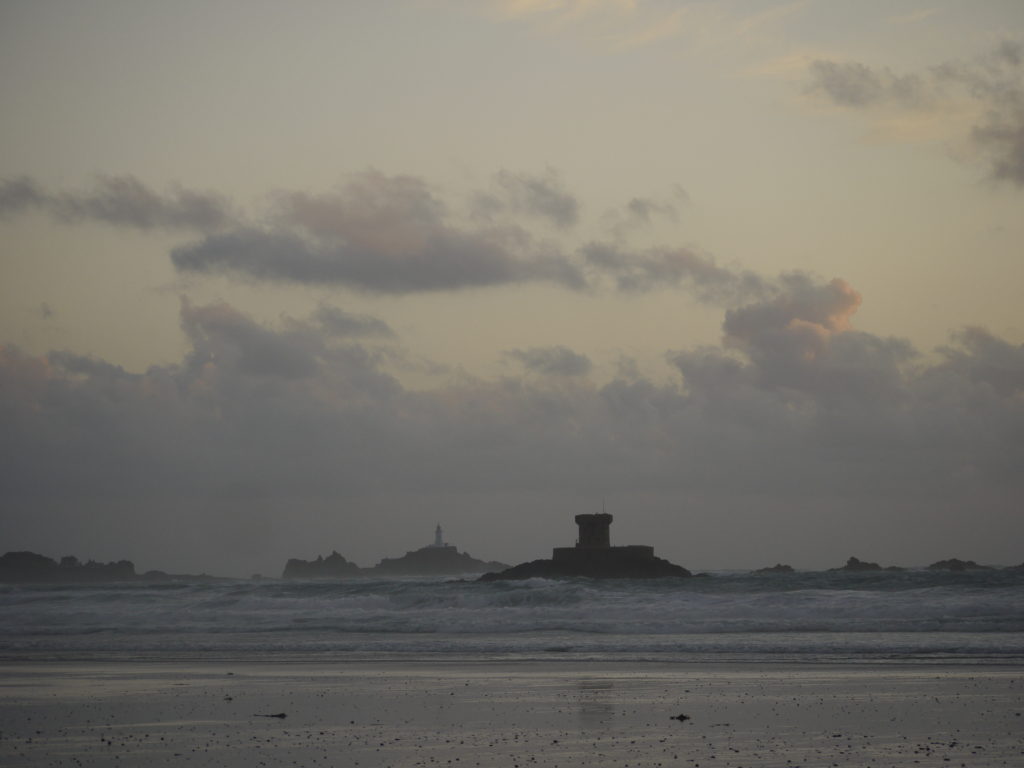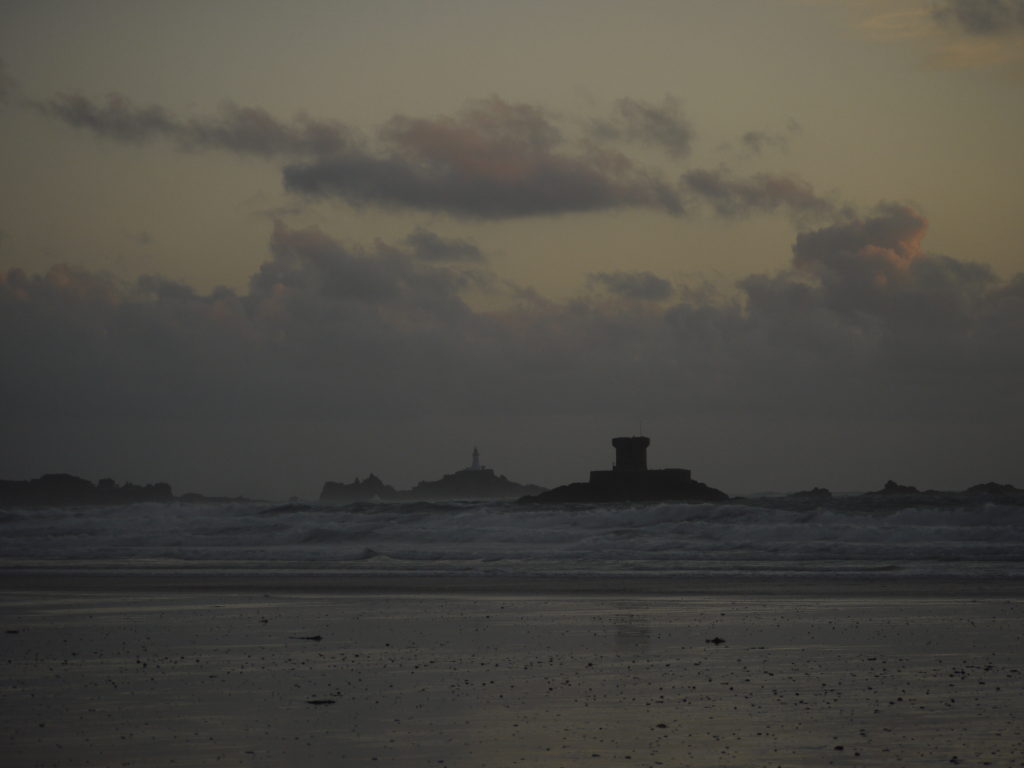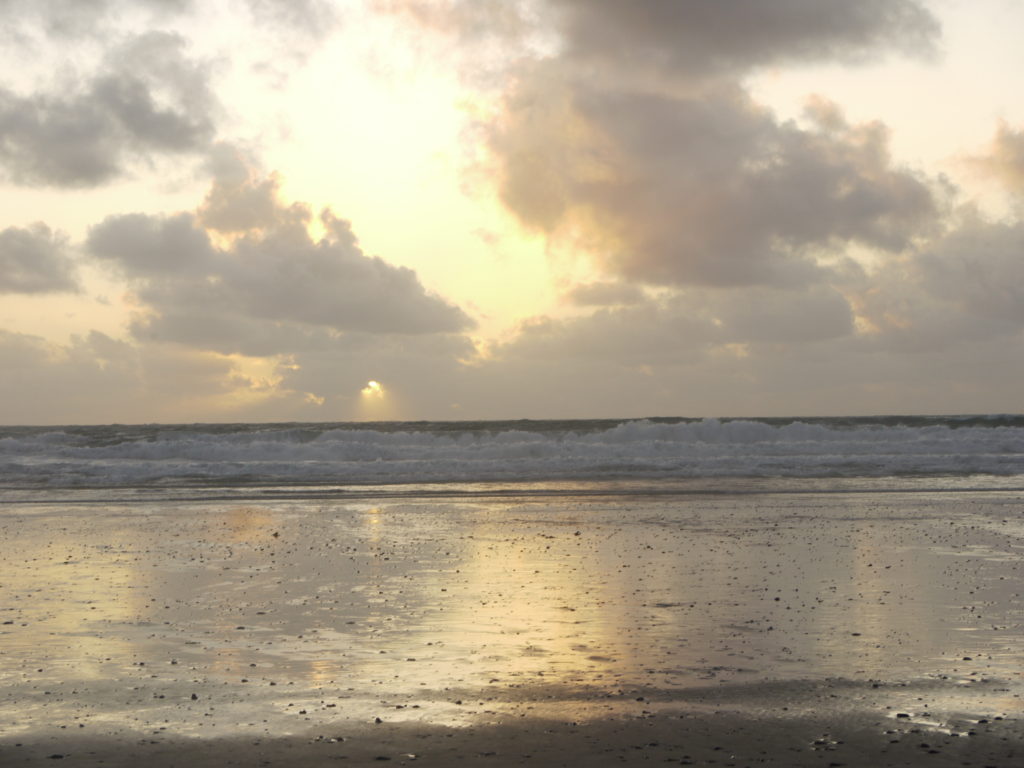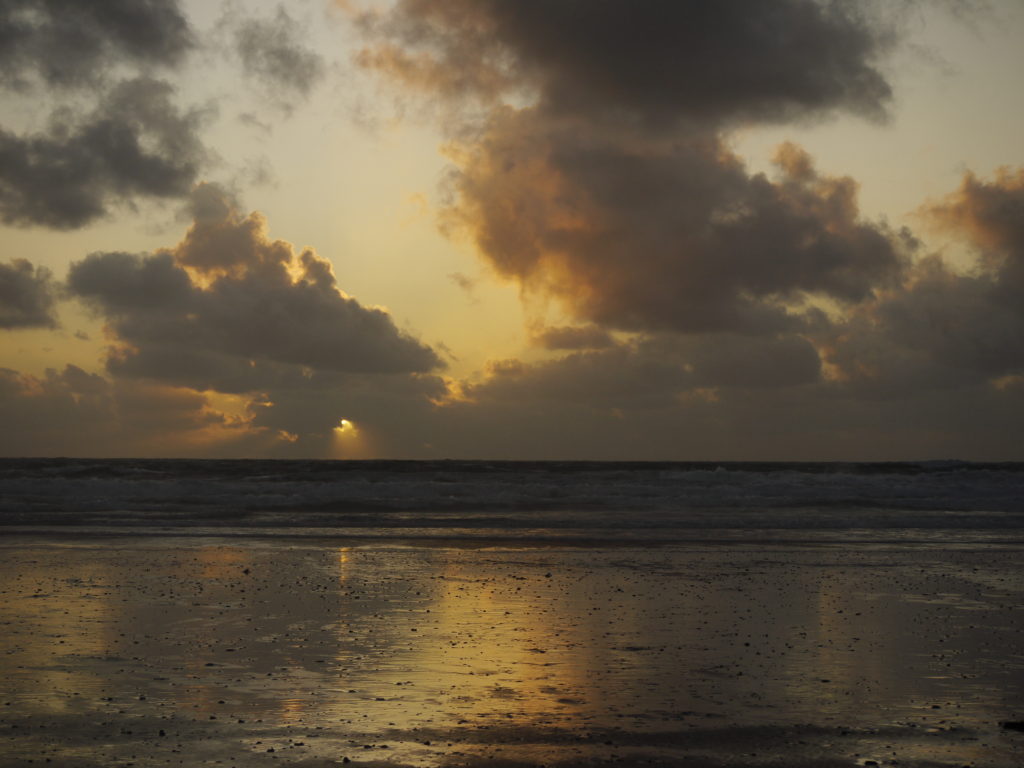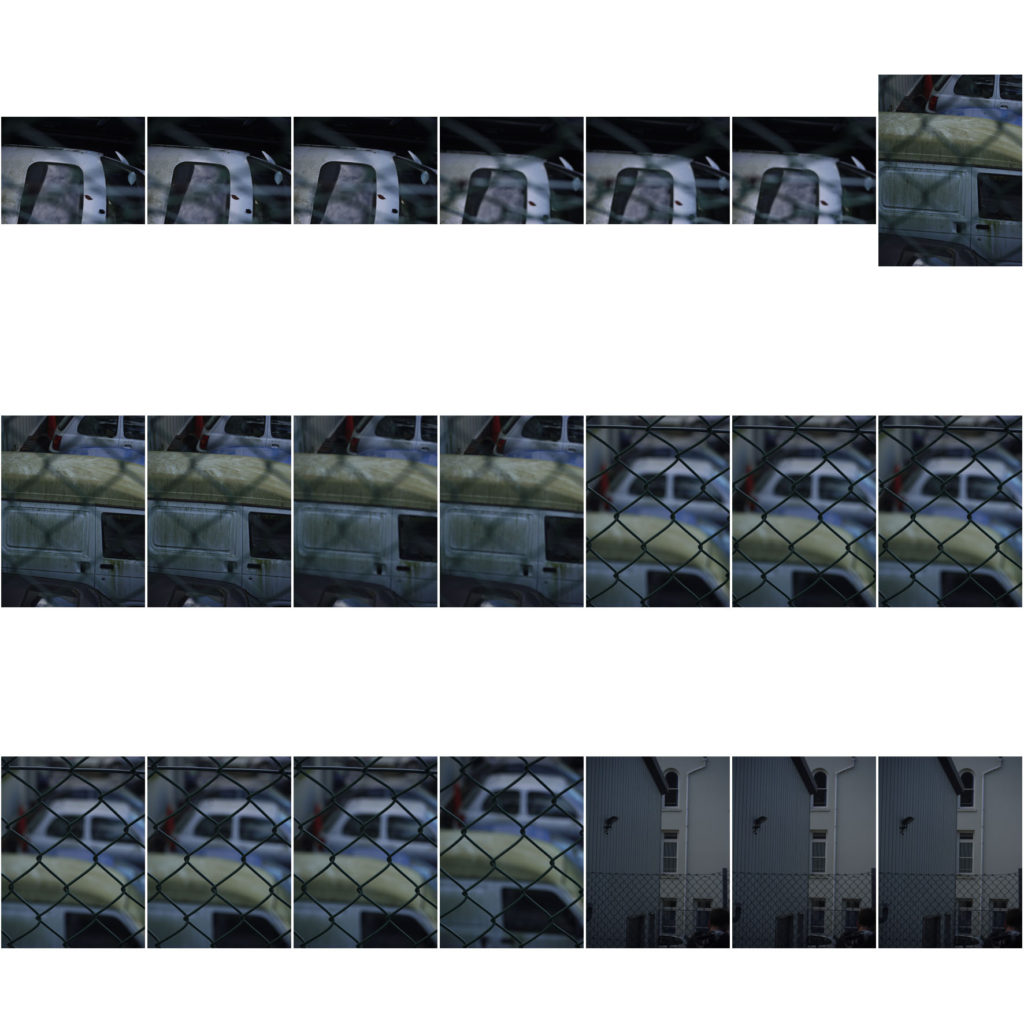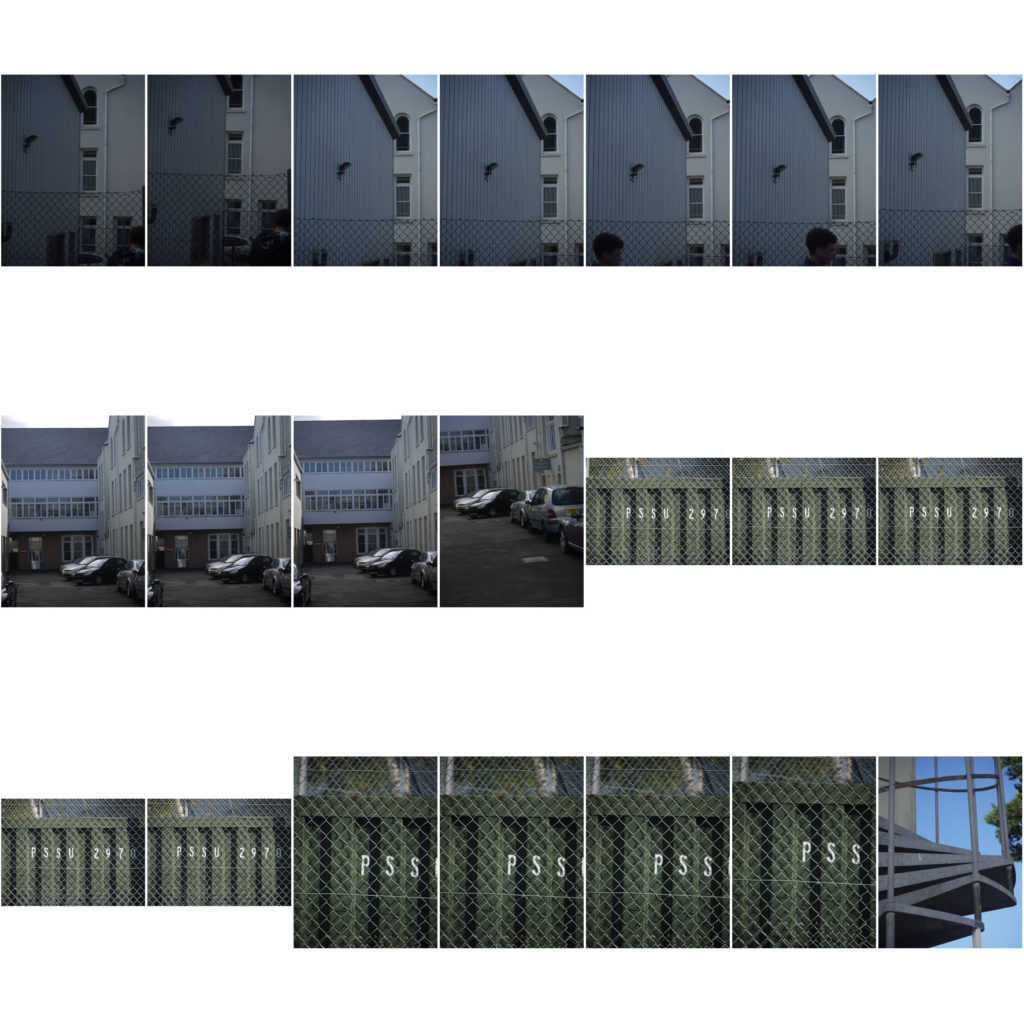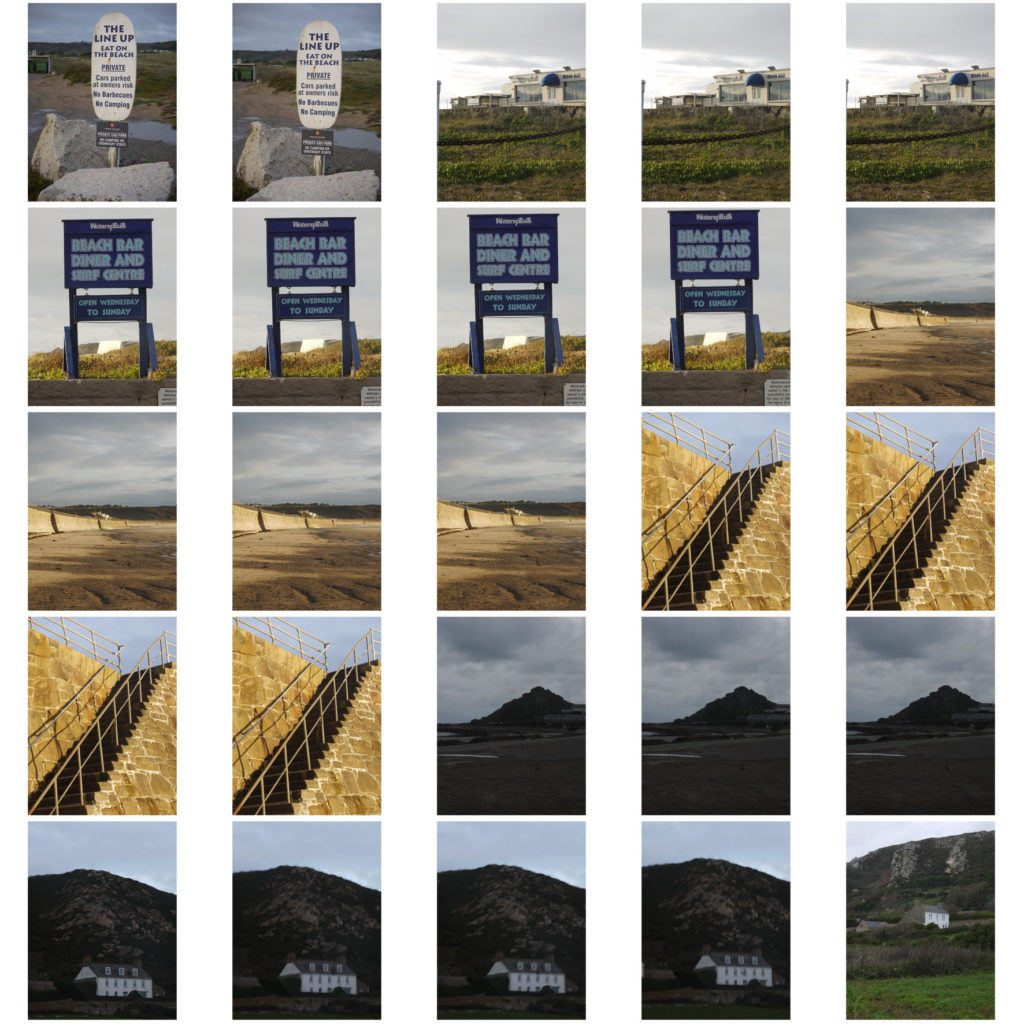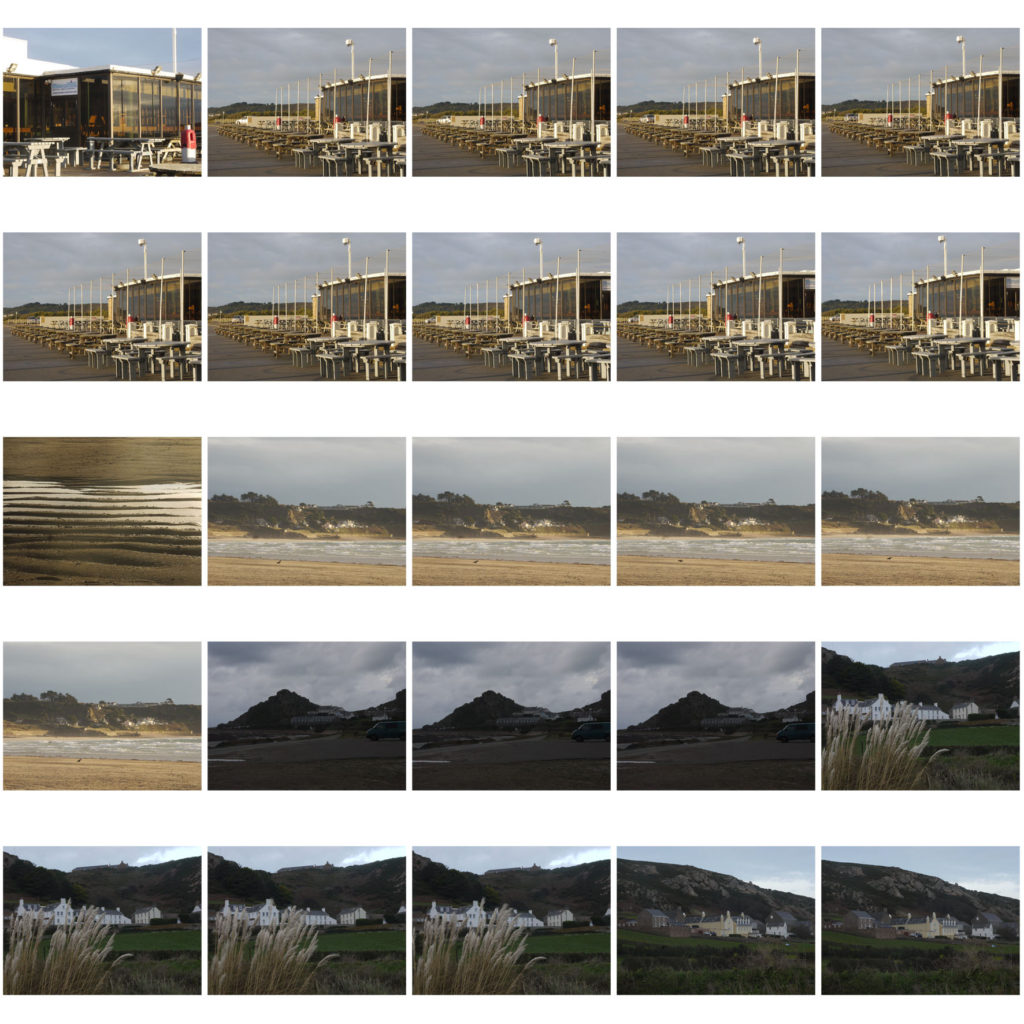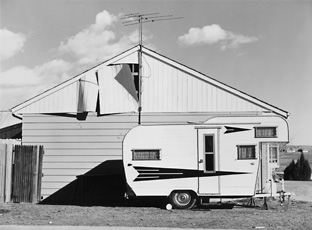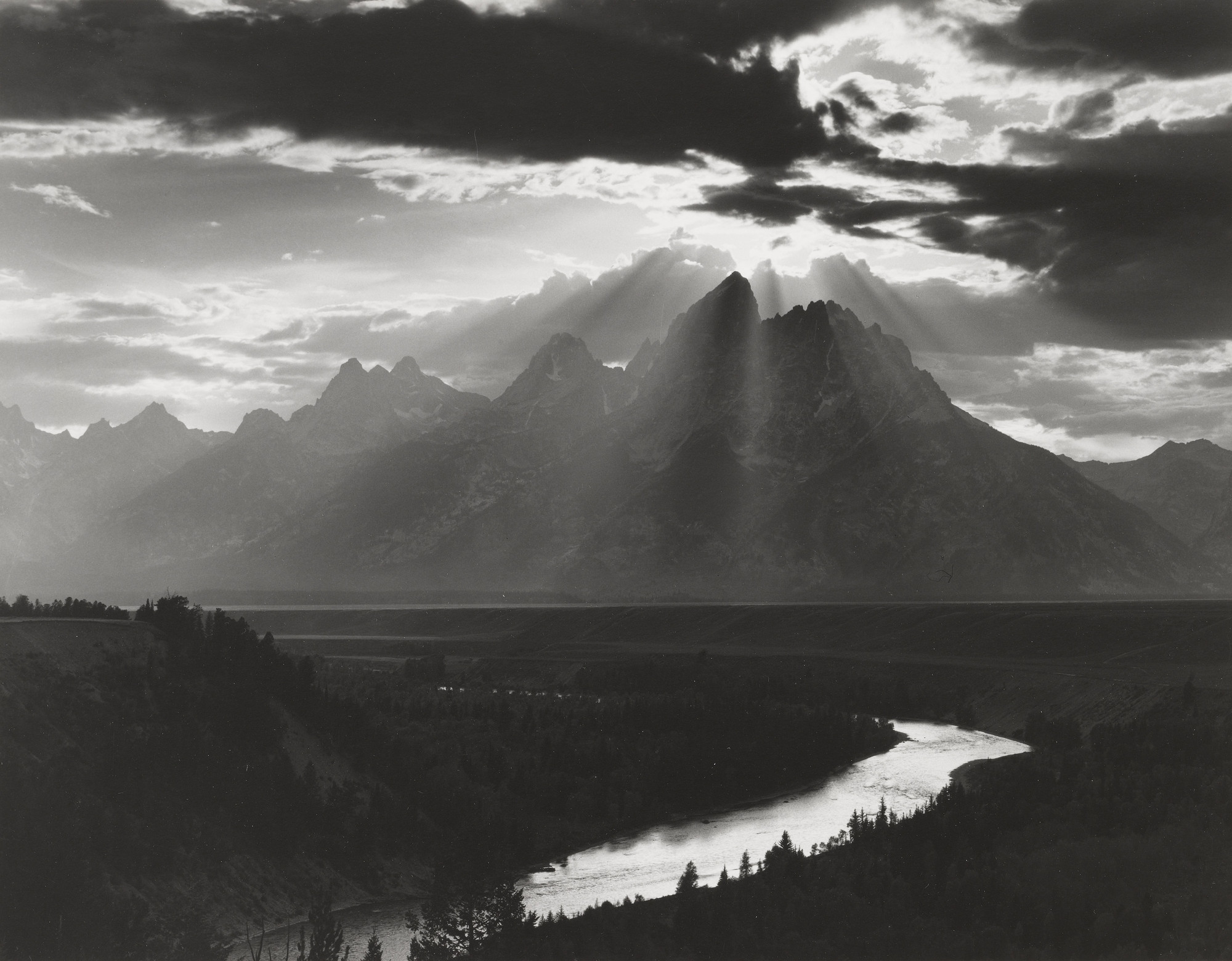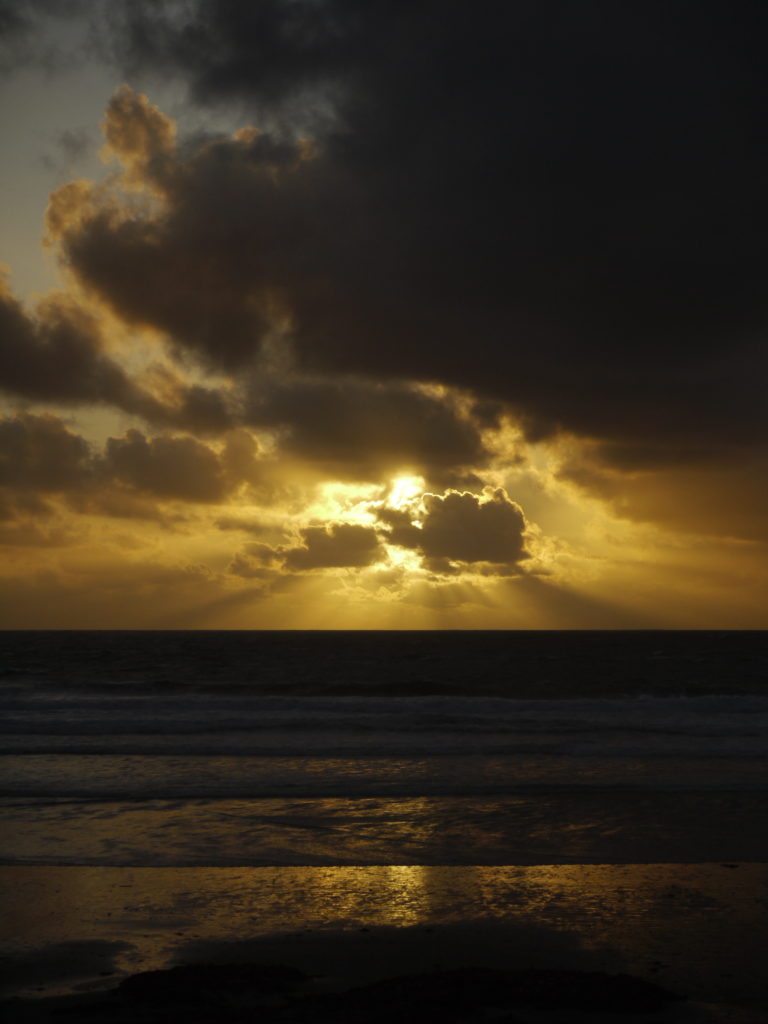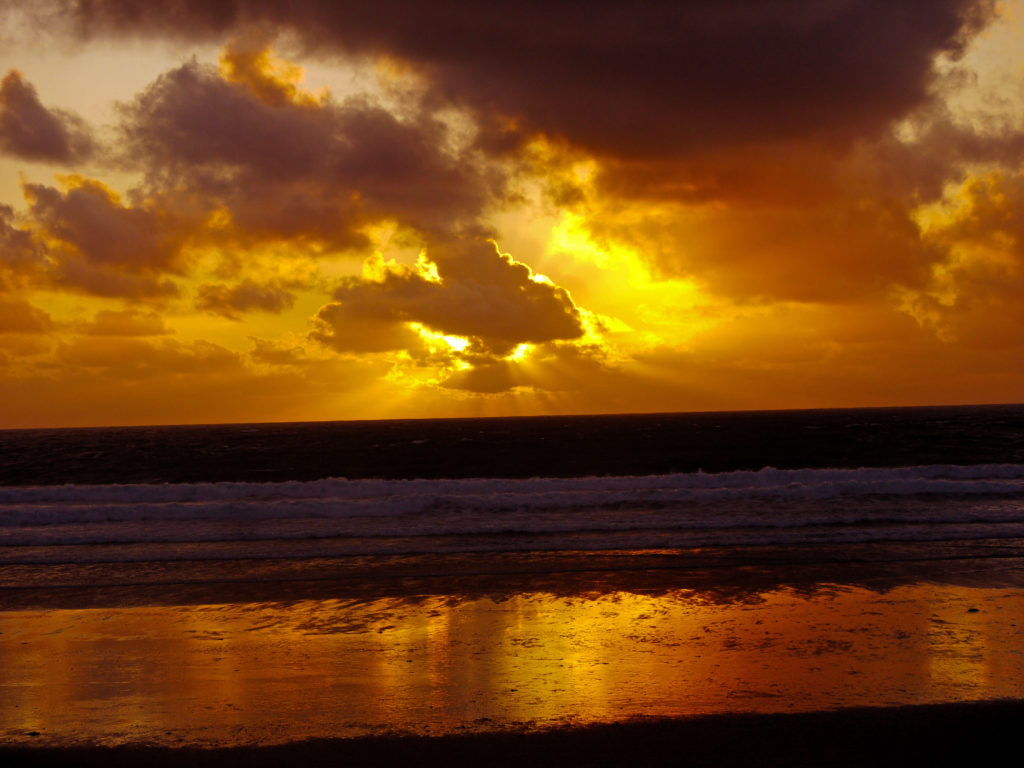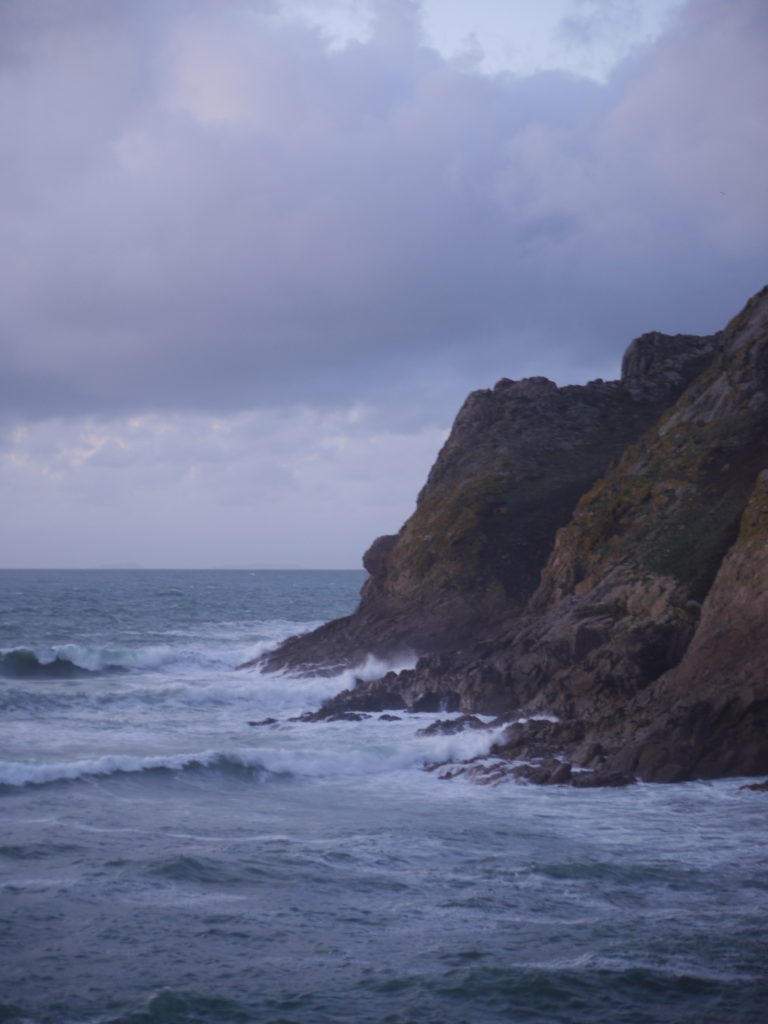These images I have selected are my best images, in response to the landscape project, whether its responding to romanticism, urban or altered. All the below photographs have been edited to enhance colour, contrast, highlights and shadows, to increase their interest.
final image one

I chose this photograph, as one of my final images, because I enjoy the colour and the composition of the photograph. I enjoy how the sky is free flowing and eye catching and how the sea is linear and structured, but what is most interesting is the two components juxtapose.
final image two

I chose this photograph, because I like the structure of the metal rails and steps and how they sit on the grey clouds behind them. The complexity of the stairs and the clouds juxtaposes and works perfectly together. I also enjoy the colour of the rock too, and how it contrasts well with the colour of the sky.
final image three
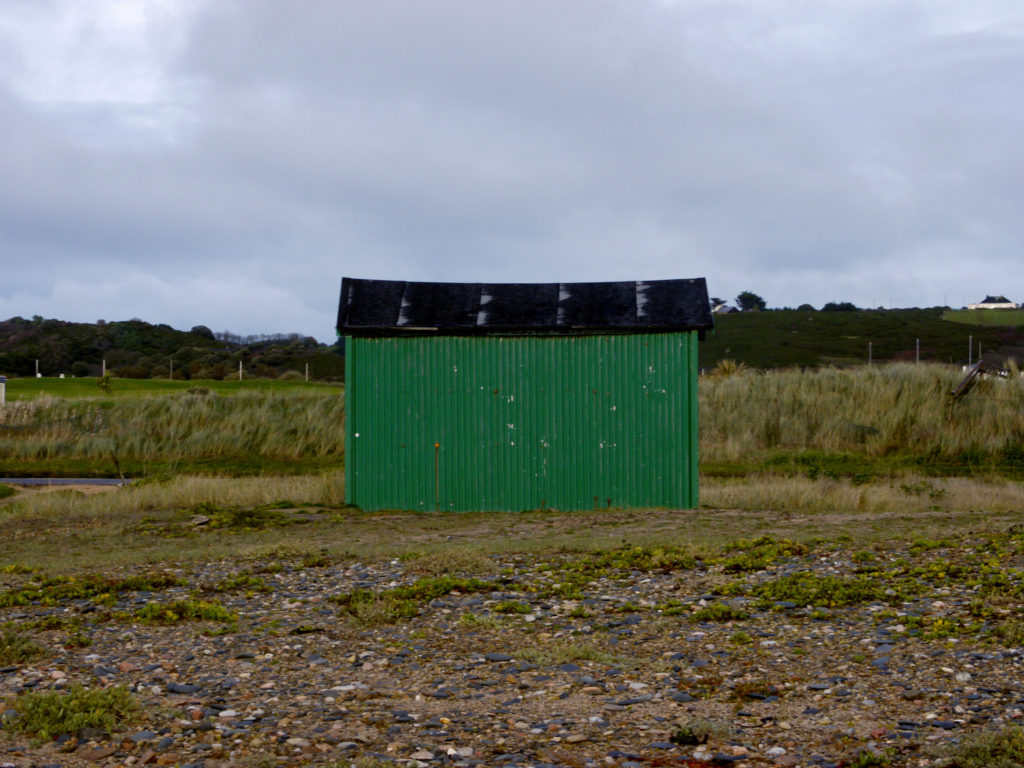
I chose this photograph, because I like the composition and the way the photograph was shot, in the sense that it is documental and is easy to view. I decided to shoot this photograph very simply, and straight on, because then I could capture the building and the landscape behind, which juxtapose, as the building is unnatural and industrialised.
final images (selection) four
I chose these photographs to be in a selection, as I feel they work well together as a group of three. I edited these to be very minimalist and easy to view, as the backgrounds tended to distract from the focus, which can now be easily viewed.
final images (selection) five
I chose these photographs to be in a selection, as I feel they also work very well together as a group of three. I edited these photographs to have elements removed and replaced by colour, because I feel they bring a different element to my photography. These photographs are edited in this way to allow the viewer to interpret the photograph in any they want.
photographs for printing
I have decided to print these photographs are they are my strongest photographs and are the ones that show the best of my ability too. The first photograph shows my ability to take a good composed image, with strong contrasts and colours. I selected those three photographs because they show my ability to edit images, to allow them to be viewed completely differently.



